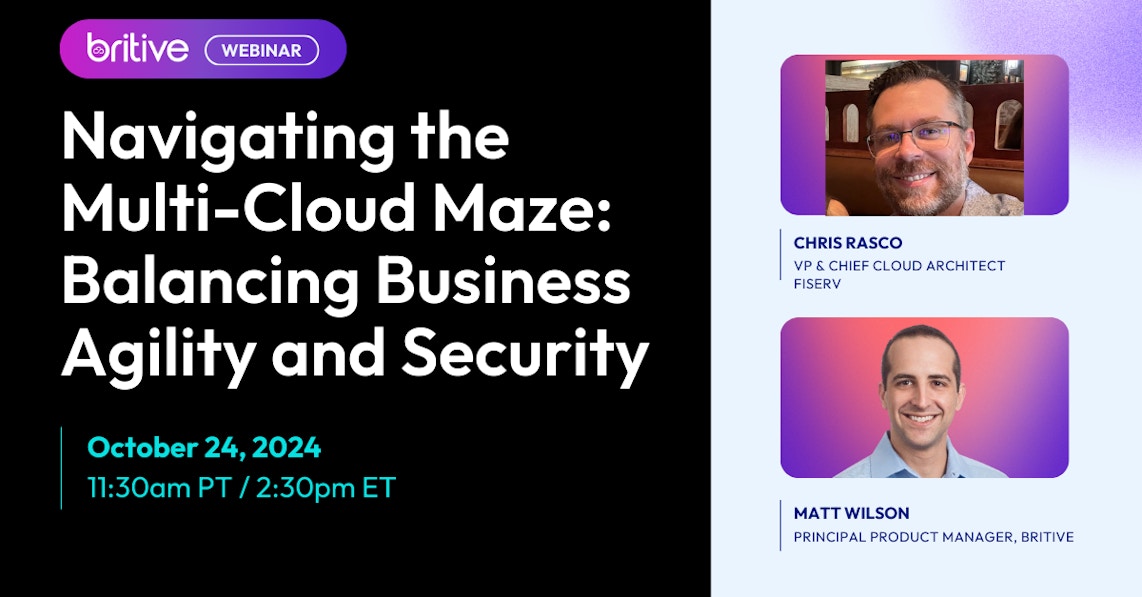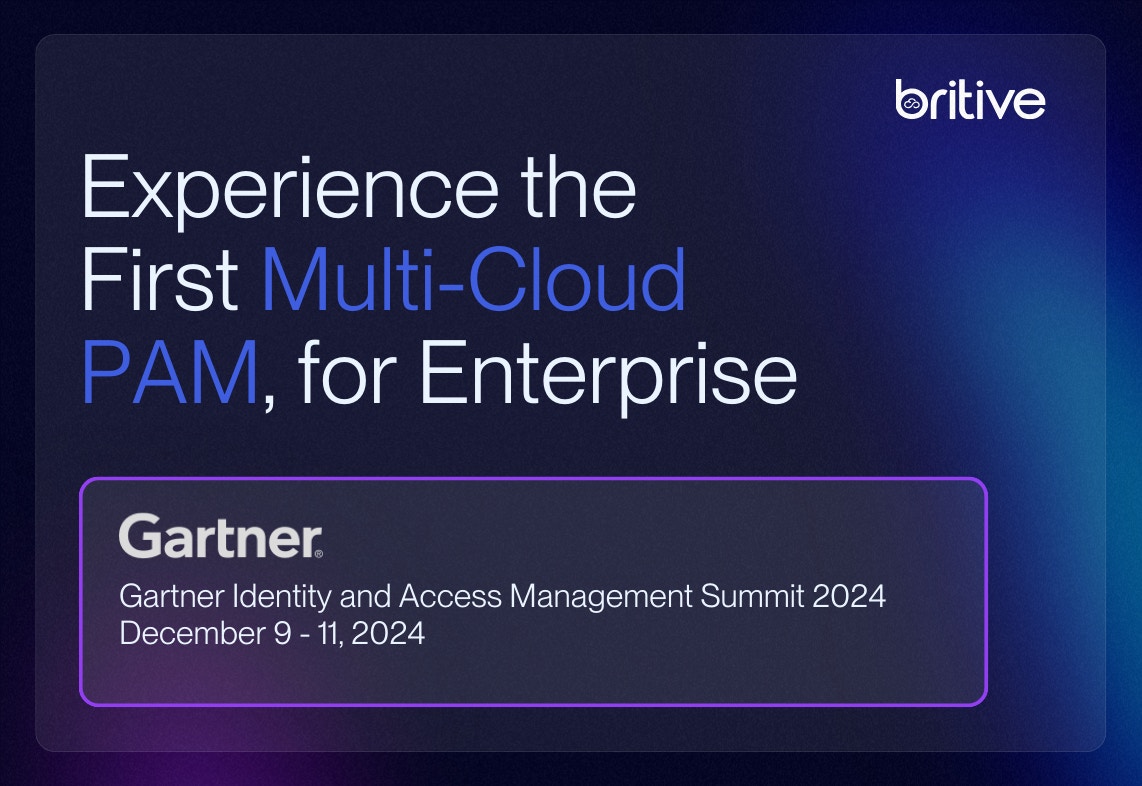


Back to events
Securing Non-Human Identities In the Cloud
February 6, 2025

Share Document
On-Demand Strategy Session: Securing Non-Human Identities (NHIs) in Multi-Cloud Environments
In today’s multi-cloud and hybrid infrastructures, NHIs outnumber human identities 25x–50x in modern cloud environments, and without proper oversight, they become a prime attack vector for breaches.
This live strategy session moves beyond theory, providing a step-by-step roadmap to securing NHIs across cloud and hybrid environments.
What We’ll Cover:
Step 1: Define Your Strategic End State
Security must align with business priorities. Before implementing controls, organizations must establish what they’re solving for and where they need to be.
- How NHI security reduces risk, cost, and operational inefficiencies.
- Compliance mandates (SOC2, NYDFS, PCI-DSS) and business alignment.
- Balancing security with DevOps, automation, and cloud agility.
Step 2: Inventory Credentials & Eliminate Hidden Risks
You cannot secure what you can’t see. Before enforcing least privilege, organizations must first gain visibility into their NHIs.
- Identifying all NHIs (API keys, service accounts, automation tools).
- Classifying NHIs based on access level, criticality, and risk.
- Addressing orphaned or stale NHIs that pose immediate risks.
Step 3: Enforce Just-in-Time Access
Not all JIT solutions are equal. Removing standing privileges means more than temporary credentials—permissions must expire with them.
- How to transition NHIs from standing access to ephemeral, policy-driven permissions.
- Why cloud-native models (AWS AssumeRole, Azure Managed Identities) are key to securing NHIs.
- Lessons from real-world breaches—what went wrong, and what could have prevented them.
Step 4: Apply Least Privilege at Scale
NHIs are often over-permissioned due to default configurations and lack of governance.
- Applying granular, contextual policies based on workload needs.
- Ensuring NHIs get only the minimum necessary access, for the shortest duration.
- Automating access reviews, credential rotation, and enforcement.
Step 5: Future-Proof Your NHI Security Strategy
Security must scale with business growth. Organizations need a long-term plan for securing NHIs across automation, DevOps, and AI-driven workloads.
- Anticipating cloud expansion, M&A, and compliance shifts.
- Choosing solutions that secure both human and non-human identities.
- Ensuring continuous monitoring and policy enforcement without disrupting workflows.
Hear from:
- Lalit Choda: Founder of the Non-Human Identity Management Group
- John Gonsalves: Former leader at Citi Bank and JPMorgan Chase, Cloud PAM Advisor
- Art Poghosyan: CEO & Co-Founder of Britive
Bring your questions and learn from leaders in the field of identity security and multi-cloud access management.

